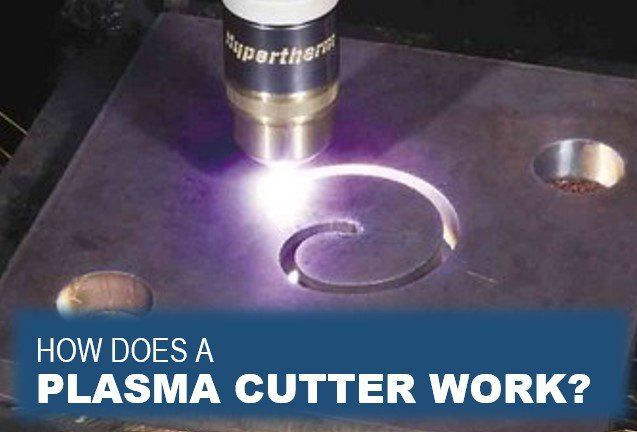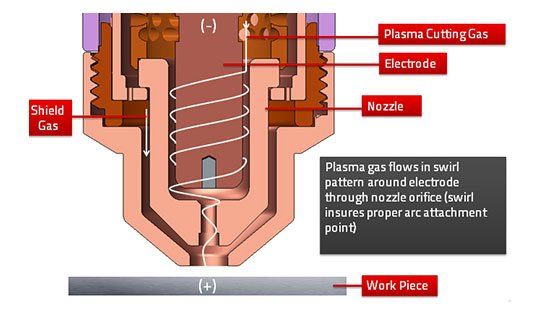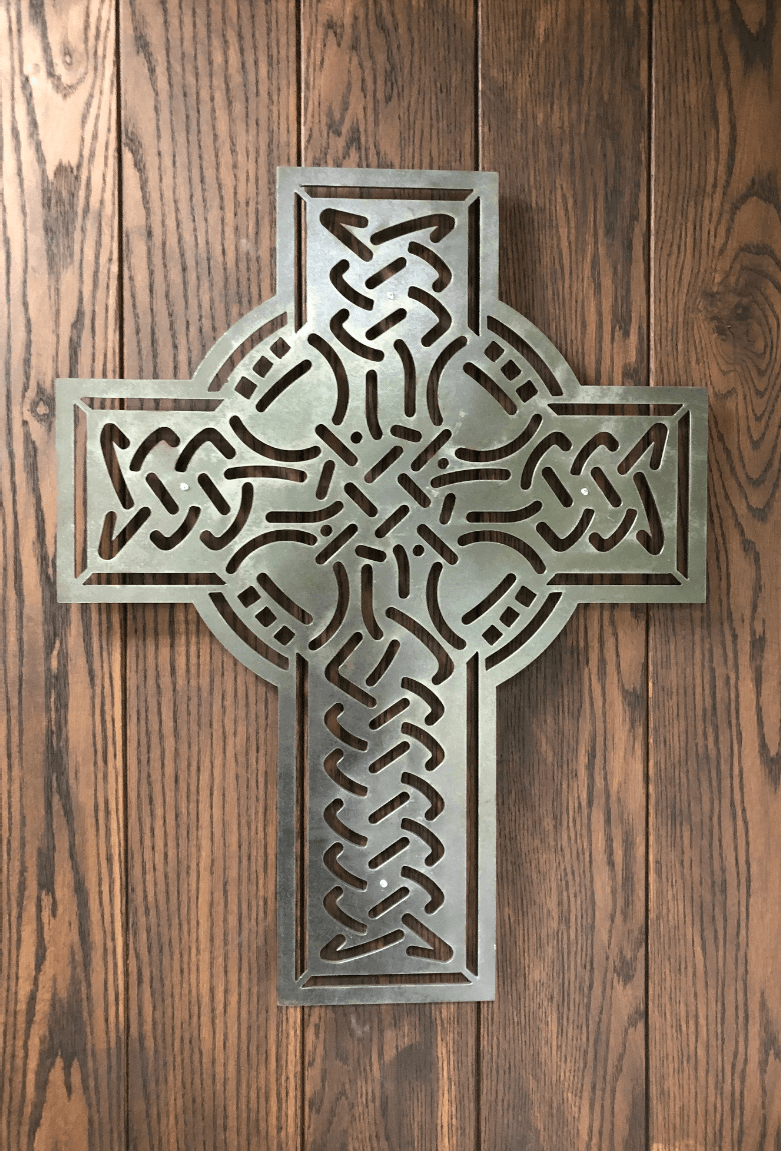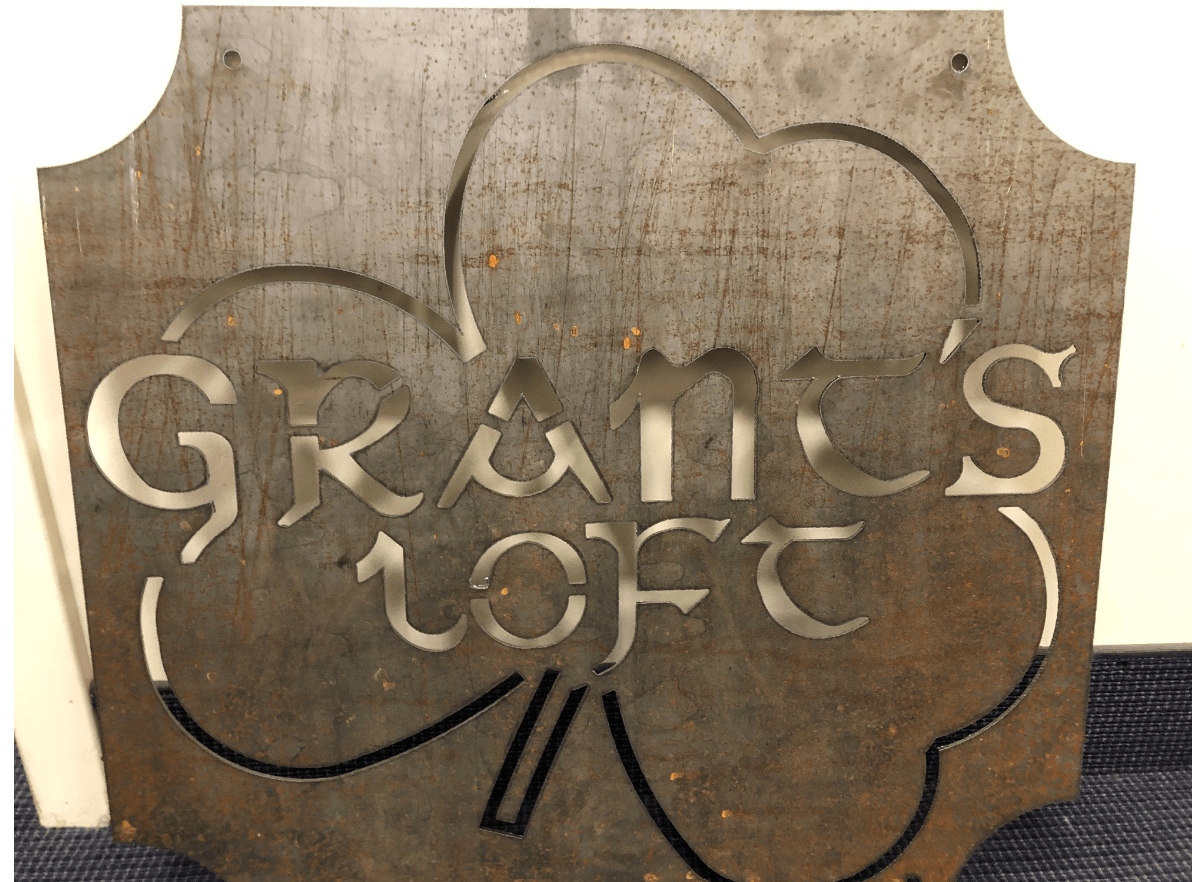Metal Design Fabricators and Plasma Cutting Edge Solutions
Plasma Cutting
Plasma Cutting Services
Great Customer Service | Over 50 Years of Experience | Locally Owned
Great Customer Service
Over 50 Years of Experience
Locally Owned
This is a placeholder for the Yext Knolwedge Tags. This message will not appear on the live site, but only within the editor. The Yext Knowledge Tags are successfully installed and will be added to the website.
(516) 377-0428
What is Plasma Cutting?
Plasma cutters work by sending an electric arc through a gas that is passing through a constricted opening. The gas can be shop air, nitrogen, argon, oxygen, etc. This elevates the temperature of the gas to the point that it enters a fourth state of matter called plasma. Contact
Bear Steel Inc for your next project.
How Does a Plasma Cutter Work
Plasma cutting is a process that cuts through electrically conductive materials by means of an accelerated jet of hot plasma. Typical materials cut with a plasma torch include steel, stainless steel, aluminum, brass, and copper as well as other conductive metals. Plasma cutting is often used in fabrication shops, automotive repair and restoration, industrial construction, and salvage and scrapping operations. Due to the high-speed, precision cuts combined with lower costs, plasma cutting sees widespread use from large-scale industrial CNC applications down to small hobby shops.
The basic plasma cutting process involves creating an electrical channel of super-heated, electrically ionized gas such as plasma from the plasma cutter itself through the work piece to be cut, thus forming a completed electric circuit back to the plasma cutter through a grounding clamp. This is accomplished by a compressed gas (oxygen, air, inert and others depending on material being cut) blown through a focused nozzle at high speed toward the work piece.
An electrical arc is then formed within the gas between an electrode near or integrated into the gas nozzle and the work piece itself. The electrical arc ionizes some of the gas, thereby creating an electrically conductive channel of plasma. As electricity from the cutter torch travels down this plasma, it delivers sufficient heat to melt through the work piece. At the same time, much of the high-velocity plasma and compressed gas blow the hot molten metal away, thereby separating or cutting through the work piece.
Benefits of Plasma Cutting
- Speed – Plasma cutters are up to five times faster than traditional, manual torches and are able to cut up to 500 inches per minute.
- Wider Ranges – Plasma cutting machines gives a wide range of precise cuts in a variety of materials and thickness. These plasma cutters utilize nitrogen, which enables them to cut not only steel but aluminum and other metals.
- Ease of Use – Plasma cutters require minimal training, making them user-friendly.
- Multi-Tasking – Plasma cutting machines are not just limited to cutting. They can be used as gauges to line up material perfectly.
- Safety – This cutting application uses nitrogen gas that is not highly flammable, reducing some of the safety hazards with gas cutting procedures.
- Economical – Plasma cutting is a cost-effective solution, less expensive than laser or water-jet cutting.
- Keeps Materials Cool – Despite operating at high temperatures, plasma cutting robotic systems can keep the surface of materials cool. This prevents warping and damage to paint and other coatings.
State-of-the-Art Services
Call us now to schedule a consultation!
(718) 204-9824
(718) 204-9824
(516) 377-0428
OUR ADDRESS
,
This is a placeholder for the Yext Knolwedge Tags. This message will not appear on the live site, but only within the editor. The Yext Knowledge Tags are successfully installed and will be added to the website.
HOURS
Monday
Tuesday
Wednesday
Thursday
Friday
Saturday
Sunday
This is a placeholder for the Yext Knolwedge Tags. This message will not appear on the live site, but only within the editor. The Yext Knowledge Tags are successfully installed and will be added to the website.
Monday
Tuesday
Wednesday
Thursday
Friday
Saturday
Sunday
This is a placeholder for the Yext Knolwedge Tags. This message will not appear on the live site, but only within the editor. The Yext Knowledge Tags are successfully installed and will be added to the website.
HOURS
This is a placeholder for the Yext Knolwedge Tags. This message will not appear on the live site, but only within the editor. The Yext Knowledge Tags are successfully installed and will be added to the website.
CONTACT US
This is a placeholder for the Yext Knolwedge Tags. This message will not appear on the live site, but only within the editor. The Yext Knowledge Tags are successfully installed and will be added to the website.
Hi. Do you need any help?
Privacy Policy
| Do Not Share My Information
| Conditions of Use
| Notice and Take Down Policy
| Website Accessibility Policy
© 2025
The content on this website is owned by us and our licensors. Do not copy any content (including images) without our consent.







Share On: